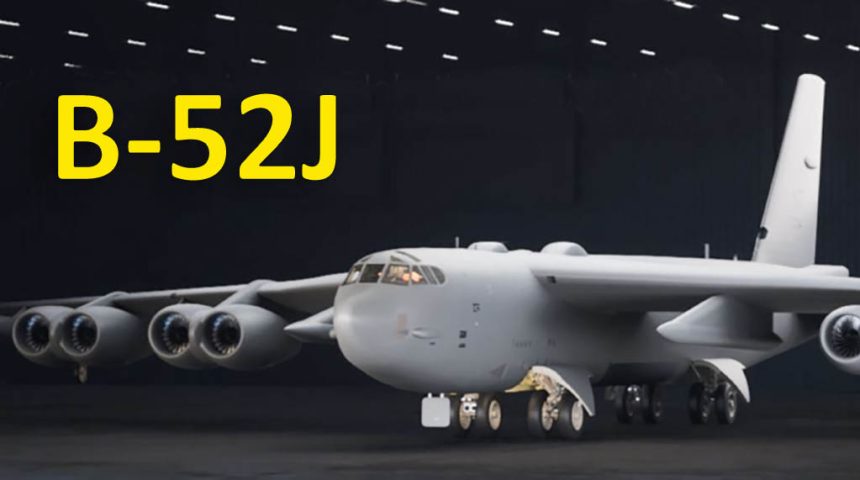It’s official now: the upgraded B-52 bomber will be the B-52J.
“Any B-52H aircraft modified with the new commercial engines and associated subsystems are designated as B-52J,” the Air Force said in justification documents for its 2024 budget request according to Air & Space Forces Magazine. The official confirmation brings clarity on the designation of the iconic strategic bomber as the 61-year B-52H is about to undertake its “largest modification in the history”.
As already explained, new engines were the main reason the B-52G was redesignated as B-52H in 1962 and, although a final decision had not been taken yet, the upgraded bomber was about to be called either the B-52J or B-52K, with the first being considered as an interim designation (as the radar will be installed before the engines).
Meanwhile, Rolls-Royce has launched F130 engine testing at the company’s outdoor test facility at the NASA Stennis Space Center in Mississippi, U.S. The Air Force plans to finalize integration activities and deliver the first lot of B-52 modified aircraft in the 2026-2027 timeframe, with initial operational capability expected in 2030. The new RR F130 engines were selected in 2021 to replace the bomber’s Pratt & Whitney TF33-PW-103s, used on the Stratofortress fleet since the 1960s and are expected to remain on the B-52 for the reminder of the aircraft life, through at least 2050, increasing fuel efficiency and range, reducing emissions in unburned hydrocarbons, and significantly reducing maintenance costs.
Another crucial upgrade to the BUFF (Big Ugly Fat Fellow) is the new radar, a modified valiant of the F/A-18EF Super Hornet’s APG-79 AESA radar, will give the B-52s greatly improved radar range and situational awareness, while taking less space then the older mechanically scanned radar, thus leaving room for electronic warfare functions.
Externally, the B-52 will also have a cleaner look, as the blisters that currently house the AN/ASQ-151 Electro-Optical Viewing System (EVS) will be removed: the EVS was used to help crews fly safely at very low altitudes, but it was largely supplanted by the Litening and Sniper targeting pods installed on pylons under the bomber’s left wing.
Inside the cockpit, the BUFF is also getting an upgrade, with new multifunction digital displays, hybrid mechanical-to-digital throttle system, new data concentrators units new engine fault maintenance recorder, new engine air data system and all the related updates in panels, consoles and wirings. It will not be a full glass cockpit though, as some of the analogue instruments are going to remain. What’s also going to disappear is one of the crew member stations, as the total crew is reduced to four members, instead of the current five.
Initially, the B-52J was supposed to be able to use the hypersonic AGM-183 Air-Launched Rapid Response Weapon (ARRW), the U.S. Air Force is planning to abandon the ARRW hypersonic weapon program after the last two test flights of the prototyping phase and focus instead on the Hypersonic Attack Cruise Missile (HACM).









